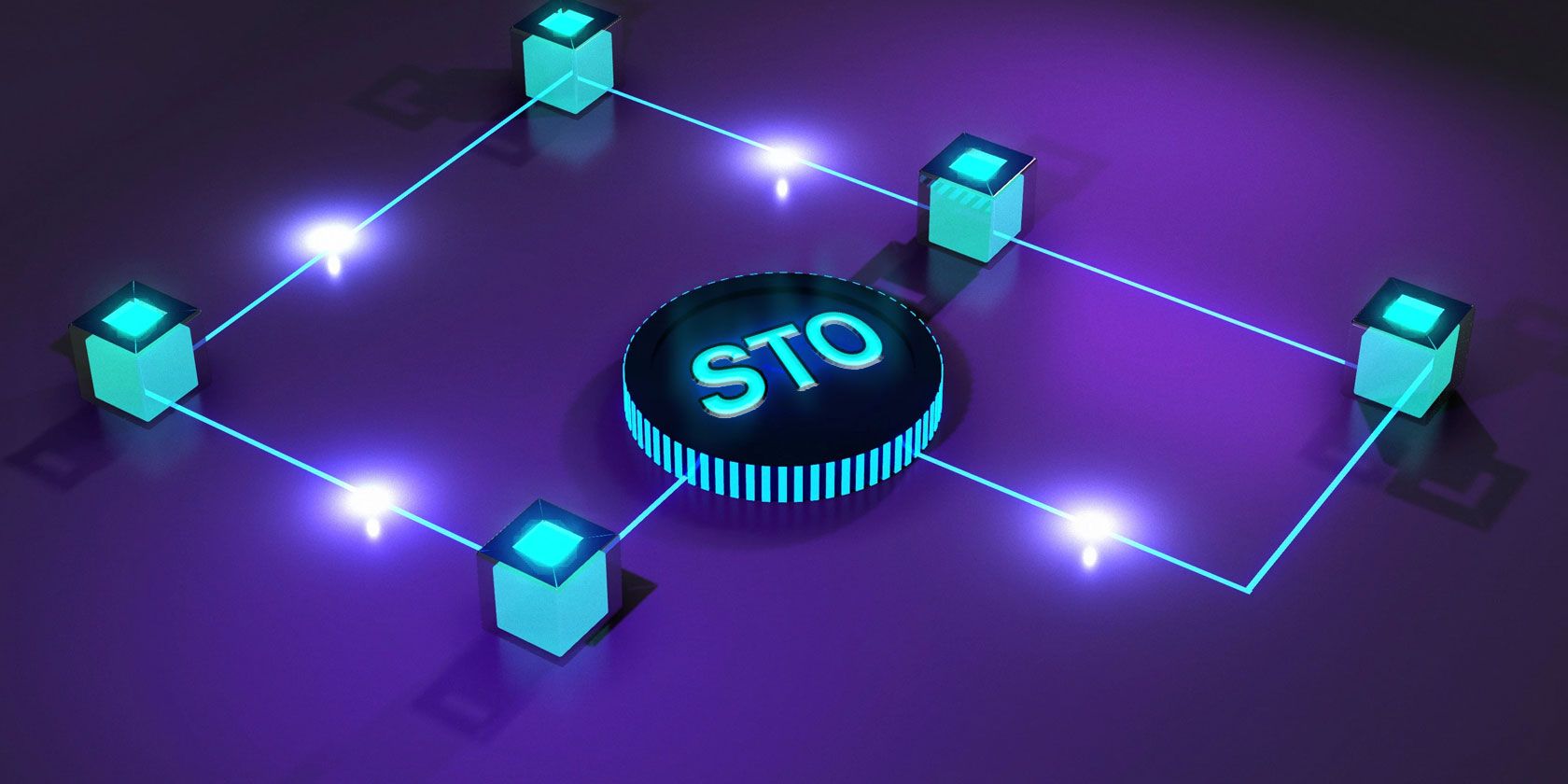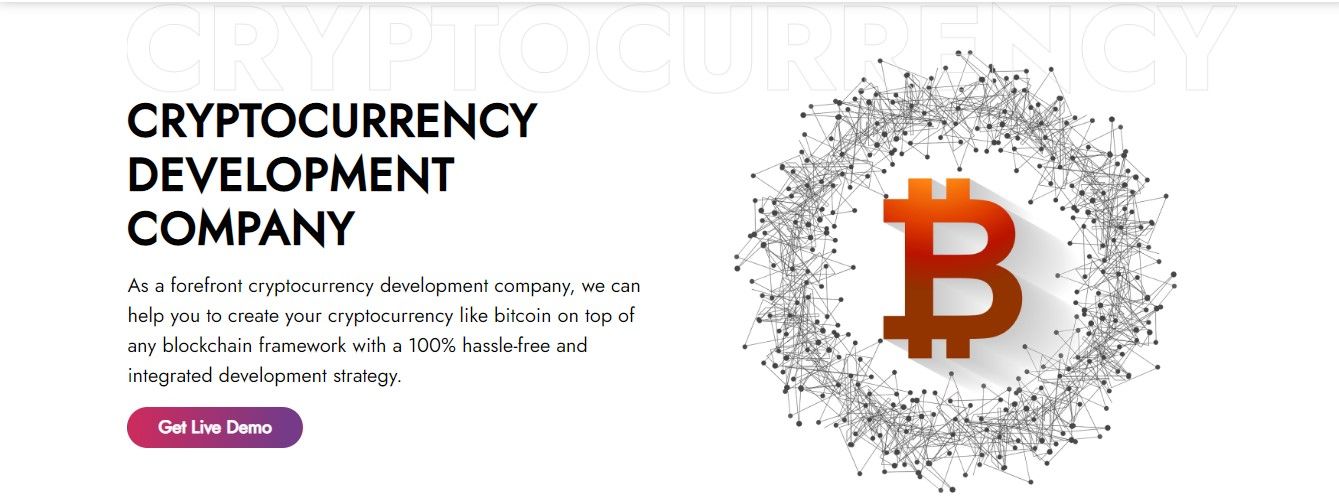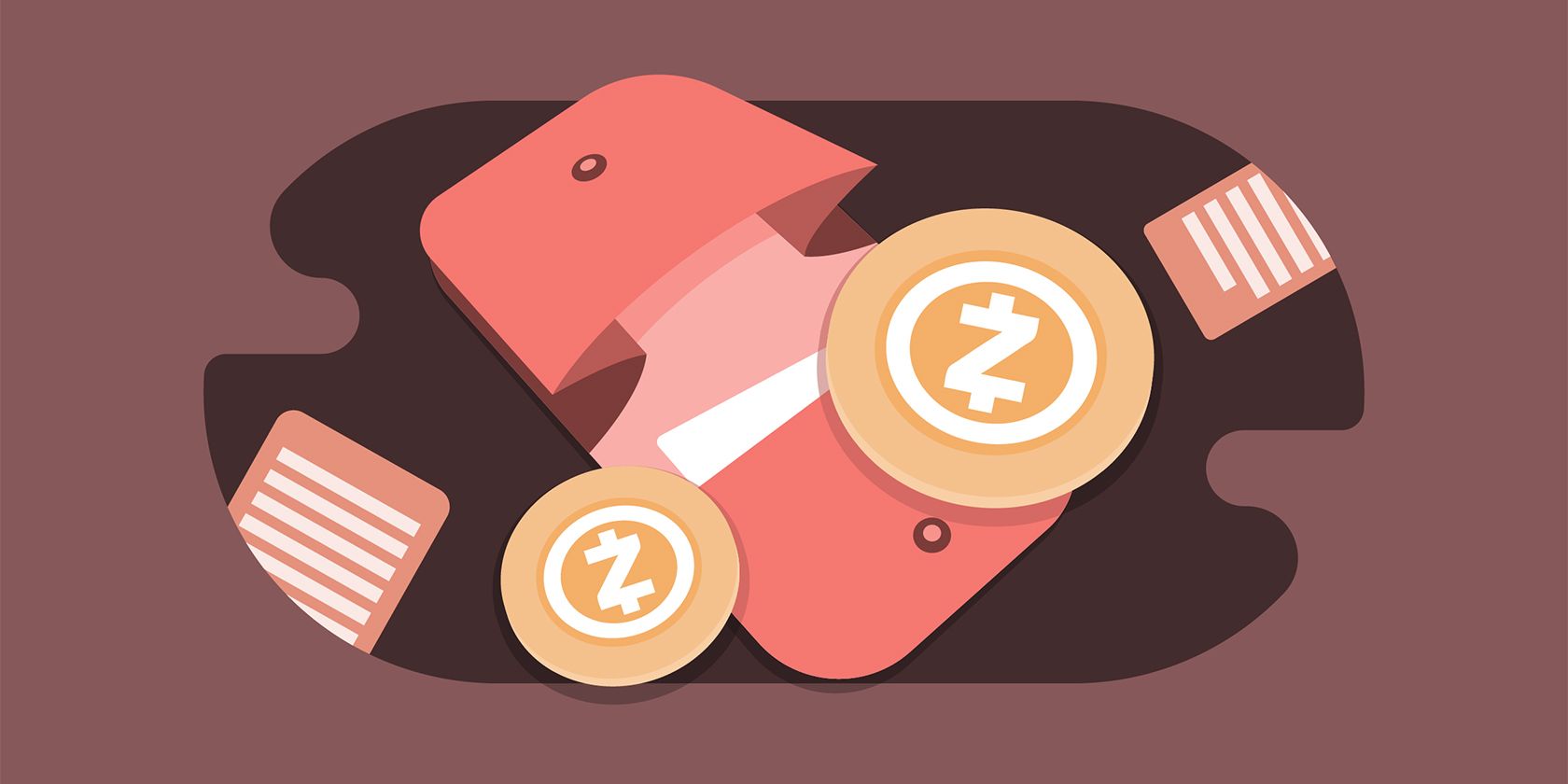Consumer token offering (CTO) has become the new way for projects to raise money in the crypto world. It differs from initial coin offerings (ICOs), as CTOs aren’t based on existing cryptocurrencies, like Ethereum or Bitcoin, but are fully independent tokens developed from scratch.
So, is a CTO better than the token-offering models that came before it?
Brief History of Coin Offerings
Initial Coin Offerings (ICOs), one of the fundraising models in the blockchain space, debuted in 2017 and went viral shortly after. However, owing to a large number of scams and massive losses that later ensued, the SEC later declared ICOs illegal and unsafe for investment.
In 2018, the cryptocurrency world gave birth to another fundraising model called the security token offering (STO). This model was approved and is legal globally, as it features security tokens duly registered with the SEC. With an STO, you can claim paybacks or shares if the security token you buy performs badly later. The security token offering, therefore, reduced the prevalence of scams in the crypto world.
However, the STO didn’t come without its attendant complications. One problem is that this fundraising model is only accessible to accredited investors, and you can only sell tokens to members of a restricted group. The CTO was designed in response to this problem.
What Is a Consumer Token Offering (CTO)?
The consumer token offering is a type of token offering pioneered by The Brooklyn Project, backed by ConsenSys. Launched in 2018, the CTO is a type of fundraising method for investors, similar to ICOs and STOs. However, unlike the security token offering, it does not offer security tokens.
The CTO model differs from the others in that consumer tokens are sold to consumers. These tokens are used to buy products, services, and content within the framework of an ongoing project. They are not made for trading, so you cannot trade them on popular cryptocurrency exchanges. Also, you cannot use them to earn investment returns or passive income.
Unlike other token offerings, customer token offerings do not need permission or registration from regulators, such as the Securities Exchange Commission (SEC).
How Do Consumer Token Offerings (CTOs) Work?
The process begins when a company or project decides to conduct a CTO. They create a whitepaper outlining their vision, team, goals, and product details. This whitepaper helps potential buyers understand the project and determine whether they want to invest. After this, the project creates a token-offering website where people can purchase tokens.
Once the tokens are created, they are distributed according to the terms outlined in the whitepaper. Typically, there are multiple phases for the token sale, each with different prices. Investors can purchase the tokens during these phases, but the amount of tokens available for sale decreases with each phase.
Once all of the tokens have been sold, the company will use the funds raised to build and launch its product or service. Token holders can then use the tokens to gain access to the platform, pay for goods and services, or even stake their tokens to secure certain advantages or rewards.
By allowing users to invest in a project directly and become involved in the development process, Consumer Token Offerings can help startups gain much-needed capital while giving investors more control and influence over how their money is used.
You can employ a development company or blockchain developer if you want to create a customer token. Developcoins is one example of a company offering this service.
SEC’s Stance on Consumer Token Offerings (CTOs)
The SEC announced (PDF) that a token cannot be put in the same class as securities if it has a clear application or meets a specific need, is appropriately structured, and is promoted. As a result, CTOs are not security tokens—the fundraising model does not breach any of the SEC’s laws.
Developers of consumer tokens do not declare that if you invest in consumer tokens, you can get massive returns, which means that the likelihood of CTOs being a scam is small. The developers instead propose that buying consumer tokens will provide access to the services and products they offer.
Therefore, the SEC’s stance on CTOs is likely to be permissive. Here are a few reasons CTOs will get approved by the SEC:
- Consumer tokens are patterned after The Brooklyn Project, a ConsenSys-based consumer token framework.
- Investors in consumer tokens have access to products or services through the tokens.
- Consumer tokens are inherently developed with an application in mind, meaning consumer tokens are to be used or consumed.
- These tokens are not securities; therefore, registration with the SEC is not mandatory.
- Consumer tokens cannot be resold as any speculative, unproven financial element.
- Tokens will not skyrocket in price or value like other cryptocurrencies, so they cannot be traded on cryptocurrency exchanges.
Projects That Have Launched CTOs
Two projects that have launched under the consumer token niche are Civil and FOAM. In 2018, both of these projects launched on the ConsenSys platform. Civil is a blockchain-based journalism network, with CVL token as the consumer token.
The CVL token is available to everyone, and buyers can access timely news from ethical newsrooms. Meanwhile, FOAM provides investors with blockchain-based geospatial data that serves as a GPS alternative.
Factors to Consider in Creating a Consumer Token
If you want to create a consumer token, there are a few conditions you need to consider and implement. These factors align with the guidelines released by The Brooklyn Project consumer token framework.
Essentially, the guidelines focus on the following:
- The design of consumer tokens should be usable and consumptive.
- The project management and operation structure should be organized and transparent.
- There should be accountable token distribution in a transparent, fair, and organized manner.
- There should be transparency and clearly defined distribution targets and purposes.
- The parameters of token supply should be clearly defined and fully transparent.
- Improper trading and conflicts should be adequately mitigated.
- Token safety and security should be defined clearly.
- The objectives of marketing practices should be clearly defined.
- The project should empower and protect consumers and give them value for their genuine contributions.
- There should be compliance with applicable laws and regulations like tax laws, privacy laws and data protection, and securities regulations.
The Future of Consumer Token Offerings (CTO) Is Green
A consumer token offering is a new way for crypto-based projects to raise much-needed investment capital. Built entirely on the consumer token framework guidelines from ConsenSys’ The Brooklyn Project, the consumer token offering solves the issues associated with the earlier models of token offerings—ICOs and STOs.
Even though this model has yet to get widespread incorporation into the crypto space, it still forms an iconic part of ConsenSys’ future, which is also a key player behind the Ethereum ecosystem. Therefore, the future of consumer token offerings is green.





